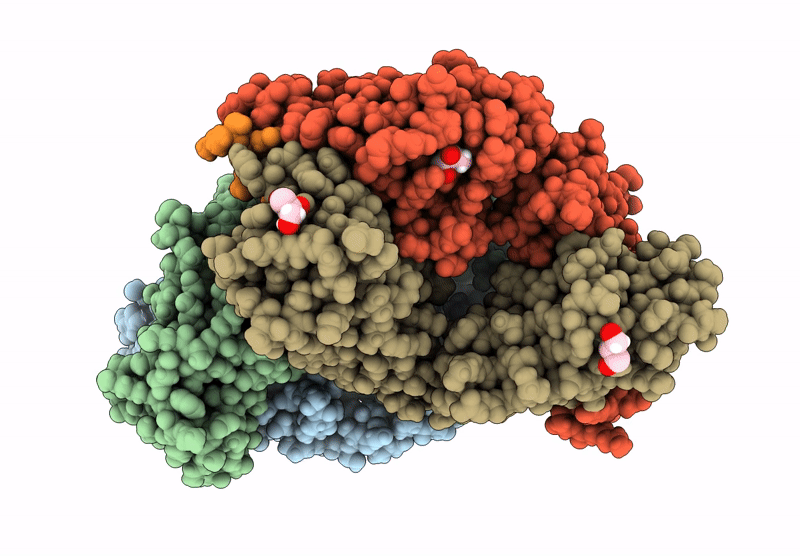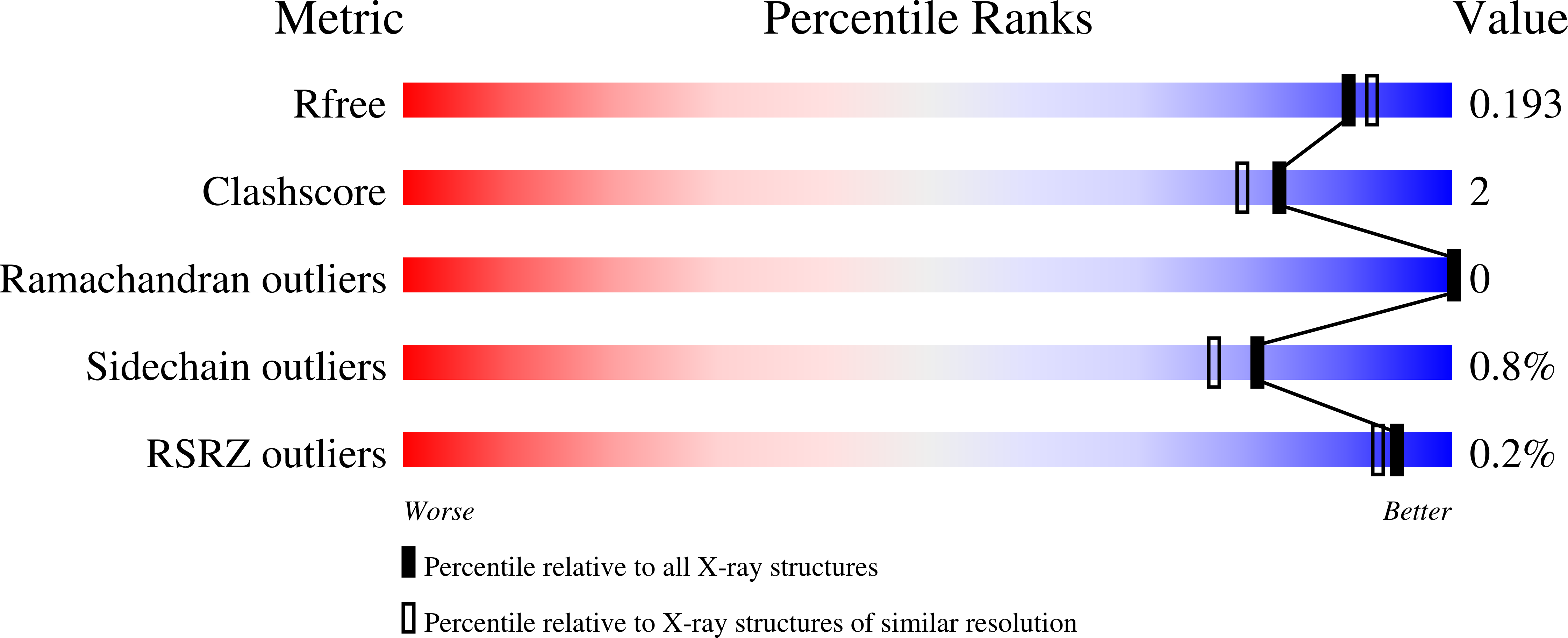
Deposition Date
2022-11-03
Release Date
2023-03-29
Last Version Date
2024-10-16
Entry Detail
PDB ID:
8F0L
Keywords:
Title:
Crystal Structure of the Human T cell Receptor CD3(EPSILON) N-Terminal Peptide Complexed with ADI-26906 FAB
Biological Source:
Source Organism:
Homo sapiens (Taxon ID: 9606)
Host Organism:
Method Details:
Experimental Method:
Resolution:
1.81 Å
R-Value Free:
0.19
R-Value Work:
0.16
Space Group:
P 1 21 1


